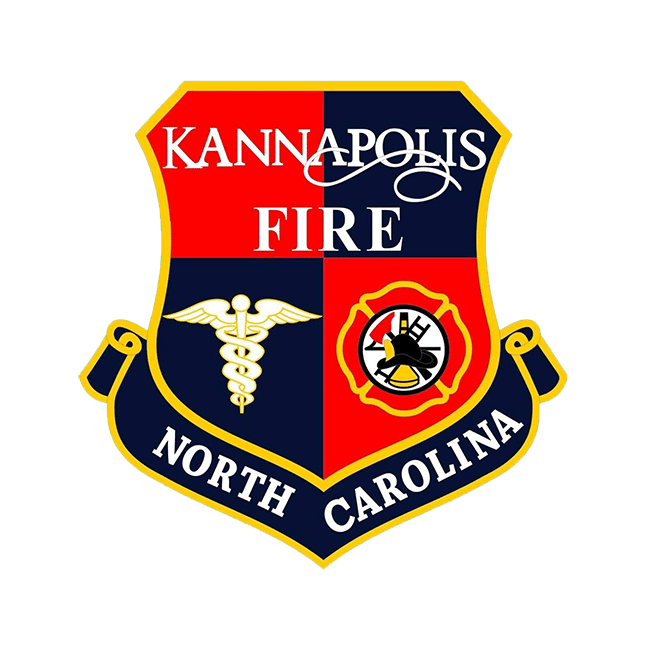August 19, 2024 6 min read

Effectively Navigating Fire Department Staffing for Emergency Situations | National Preparedness Month
Industry:
Solution:


This is the third post in a four-part blog series exploring essential themes for firefighter preparedness.
Adequate staffing ensures that firefighters can protect their communities and return home safely. However, nationwide staffing shortages (especially for volunteer departments), meeting requirements for minimum staffing, and unifying a dispersed workforce can create significant safety challenges. To address these challenges, fire departments must adopt strategic approaches to ensure their teams are always prepared to answer the call.
Vector Solutions’ fire department shift scheduling solution helps simplify complex schedules and keep crews connected with intelligent, rules-based automation and a user-friendly mobile app.
Addressing Challenges Brought by Nationwide Staffing Shortages
The shortage of firefighters, especially volunteers, is a growing concern across the United States. Increasing economic demands that reduce volunteer firefighter availability, high rates of retirement outpacing new recruits, limited funding, and the rising complexity of emergency response work all contribute to this issue.
According to National Volunteer Fire Council (NVFC) data, the number of volunteer firefighters in the US has declined by 24% between the 1980s and 2020, while the number of calls has more than tripled during the same period.
For many communities, especially in rural areas, volunteers are the backbone of their fire service, making these shortages particularly challenging. The readiness of crews with limited resources is critical in reducing burnout and providing communities with the service they need.
Strategies for Overcoming Fire Department Retention and Recruitment Challenges
- Flexible Scheduling: Many volunteer and part-time firefighters work additional jobs to supplement their income. This may result in burnout and scheduling conflicts, making it challenging for them to commit to the demanding hours required in the fire service, especially during peak emergency periods. Accommodating their other commitments makes it easier for them to serve.
- Incentive Programs: Supplementing volunteer income with stipends, educational benefits, and other types of reimbursement can help attract and retain volunteers. Scholarships for relevant certifications, tuition assistance, or even tax breaks can help ease the financial burden on volunteers, reducing the barrier.
- Community Engagement: Raise awareness about the need for volunteers through outreach and public education campaigns. Host community events, engage local businesses, and leverage social media to highlight the importance of volunteer firefighters to encourage more community members to join the fire service.
Vector Scheduling empowers all firefighters with real-time access to check the schedule, request time off, trade shifts, and more, anytime and anywhere, with the feature-rich mobile app. Admins get more granular tracking to ensure accuracy of time and attendance to support hours-based incentives, accommodate pay differentials, and monitor coverage for crews with varying availability.
Meeting Minimum Staffing Compliance Without Compromising Coverage
Maintaining compliance with minimum staffing requirements is crucial for effective emergency response. Complex staffing needs require strategic planning, robust communication, and a reliable process. Fire departments must be deliberate in deploying their personnel to ensure they can meet their commitments while providing adequate coverage.
Actionable Tactics for Meeting Staffing Compliance and Coverage Needs
- Optimize Callback & Coverage Insights: Paper- and spreadsheet-based scheduling processes give limited staffing oversight and insight, making it difficult and time consuming for admins to monitor staffing levels and pivot on a dime when coverage drops below minimums. The right technology can help streamline filling open positions and provide critical data insights to quickly adapt to evolving scheduling needs.
- Cross-Training Firefighters: Ensure that personnel can perform multiple roles to cover gaps in staffing. Cross-training enhances flexibility, allowing staff to step into various positions as needed and reducing the impact of unexpected absences. This approach also helps in maintaining operational efficiency and readiness across different emergency scenarios.
- Mutual Aid Agreements: Partner with neighboring departments for additional support during emergencies. These agreements can provide access to a larger pool of resources and expertise, especially during major incidents or when facing staffing shortages. Establishing strong relationships with nearby departments ensures a swift response and coordinated efforts during critical times.
Vector Scheduling helps manage minimum staffing compliance with at-a-glance staffing count dashboards, automated callbacks to eliminate time-consuming phone trees and ensure qualified personnel fill assignments, and rules-based algorithms to easily leverage cross-trained personnel who have additional credentials.
Leverage Vector Solutions’ integrated training management system to track and deliver all types of training, digitize task books, and monitor certifications to upskill personnel and bolster career development.
Keeping Crews Connected for All-Hands Response
In today’s emergency response environment, keeping crews connected, informed, and ready to act is vital. Large-scale incidents and rapidly evolving situations require seamless communication and coordination among all team members. Fire departments need to ensure that their teams are prepared for these challenges by maintaining clear communication, initiating emergency recalls during all-hands-on-deck situations, and supporting a dispersed workforce.
Department-Wide Communication Best Practices
- Transparent Communication: Maintain open lines of communication across all shifts and stations. Global alerts and regular updates ensure that everyone is on the same page, reducing misunderstandings and improving overall response efficiency. Clear communication channels also foster a sense of unity and preparedness among team members.
- Emergency Recall: Implement protocols for quickly recalling personnel during all-hands-on-deck situations. A well-organized recall process ensures that additional resources are mobilized swiftly when needed, providing the department with the flexibility to handle large-scale or unexpected emergencies effectively. Clear parameters and timely notifications are crucial for minimizing response times and optimizing outcomes.
- Mobile Workforce Support: Being able to efficiently communicate with your entire crew, no matter where they are, is critical for readiness in emergency situations. Empowering personnel with real-time updates on their mobile devices helps teams stay in sync with access to critical information on the go. Supporting a mobile workforce enhances flexibility and responsiveness, ensuring that all personnel can contribute effectively during emergencies.
With Vector Scheduling, admins can quickly and easily send messages and initiate emergency recalls through the native mobile app. This allows for real-time communication with individuals, groups, or all personnel. By keeping everyone informed and ready to respond, the system and its app ensure effective coordination even during rapidly evolving situations.
Optimized Staffing Boosts Firefighter Readiness
Staffing shortages, complex shift structures, collective bargaining agreements, and evolving coverage needs all greatly impact on a department’s ability to effectively and efficiently manage staffing. By adopting strategic approaches, fire departments can overcome these challenges and maintain the levels of preparedness necessary to protect their communities.
Vector Scheduling plays a key role in helping fire departments manage staffing efficiently, ensuring that they can maintain compliance, keep crews informed and connected, and respond effectively to any emergency, 24/7.
Request a demo to learn more about how Vector Scheduling can help improve firefighter readiness in your department.
Read more from our National Preparedness Month blog series:
- A Holistic Approach to Addressing Firefighter Health and Wellness | National Preparedness Month
- Ensuring Equipment and Inventory Readiness in the Fire Service | National Preparedness Month










